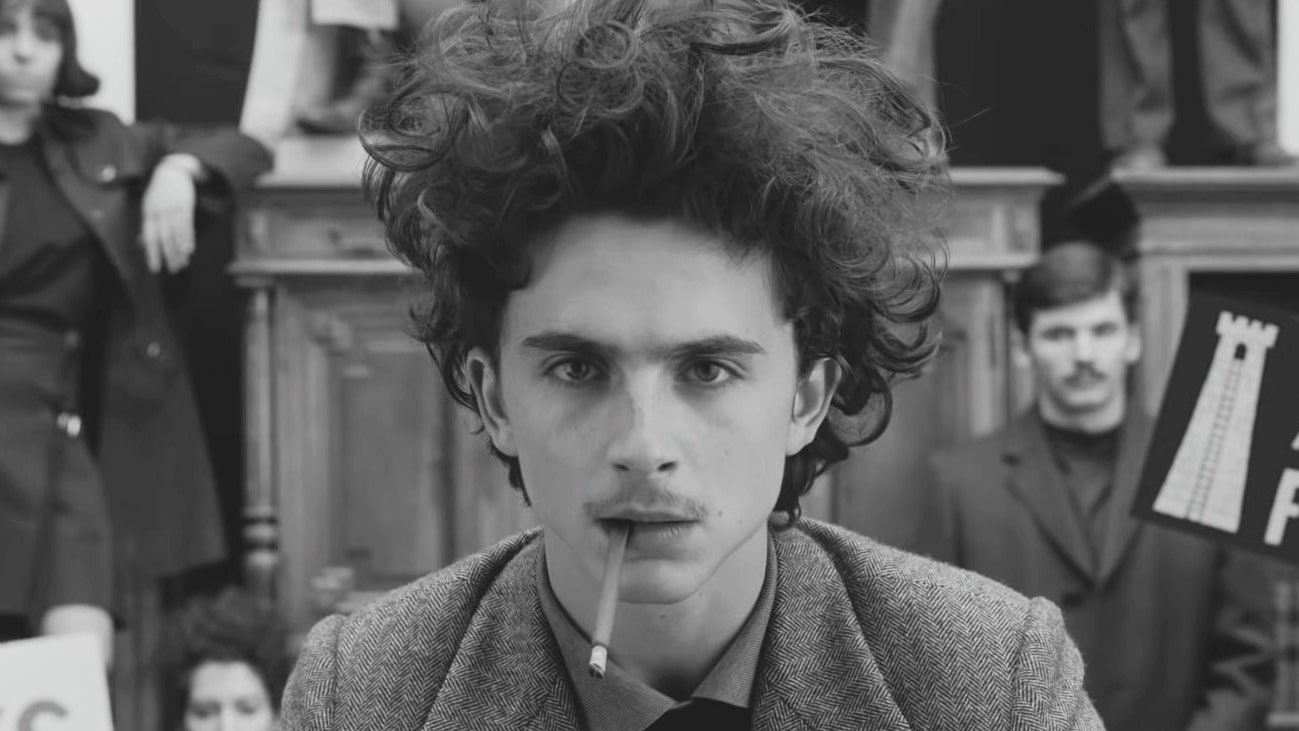Everything that you think of when you think of a Wes Anderson movie is certainly true of The French Dispatch. The meticulous attention to detail, the stylized direction and editing, the very unique dialogue, the set color palette, and the harkening to an idealized version of the past are all present. And yet, Anderson seems to have taken it too far because the anthology film, written and directed by the auteur, is a clear case of style over substance. While it’s as visually charming as any Anderson movie, it rings hollow underneath its veneer.
The story by Anderson, Roman Coppola, Hugo Guinness, and Jason Schwartzman has been described as a “love letter to journalists.” Arthur Howitzer Jr. (Bill Murray) is the editor of “The French Dispatch,” an international offshoot of the “Kansas Evening Sun.” Howitzer went to France as a young man and never returned to his home country; instead, he “brought the world to Kansas” through the stories published in his magazine.
“The French Dispatch” is clearly inspired by “The New Yorker,” though it is set in the fictional French town of Ennui-sur-Blasé. (“Ennui” translates to “Boredom,” which unfortunately is all too applicable to stretches of this film.) Some of the people and events are based in truth, like the May 68 student occupation protests. The film is divided into four chapters, each chronicling a different story for the magazine.
“The Cycling Reporter” is the shortest of the four vignettes, serving more as an introduction to the world of the film than a story in its own right. Herbsaint Sazerac (Owen Wilson) speaks directly to the camera as he traipses through Ennui on his bicycle. This section utilizes lots of still photography as well, another quirk of the movie. It also introduces the little breaks of Howitzer working with his writers on their stories, showing the way that he coddles them compared to his treatment of everyone else on staff back at the magazine’s headquarters.
The first real story is “The Concrete Masterpiece,” a tale of an imprisoned artist (Benecio del Toro), his prison guard muse (Léa Seydoux), and the art dealer (Adrien Brody) who is determined to make his work famous. Tilda Swinton adds more context to the story as it cuts between her giving a presentation about the artist and the story itself. This section also highlights the somewhat confusing mixture of color and black and white. Even more perplexing is the film occasionally slipping into French, with very stylized English subtitles.
The most engaging of the chapters is “Revisions to a Manifesto,” which chronicles the relations that a reporter (Frances McDormand) has with a young revolutionary (Timothée Chalamet) while covering the students’ protests. McDormand’s very clipped lines and no-nonsense manner contrast perfectly with Chalamet’s floppy haired charm and naiveté.
“The Private Dining Room,” the closing section, follows a food journalist (Jeffrey Wright) reporting on a police chef (Stephen Park), but veers off into the kidnapping of a police commissar’s son and the attempt to get him back. Despite Wright’s engaging performance and some fascinating artistic choices, this section is a letdown and highlights Anderson’s inability to build compelling characters in such short timespans.
The French Dispatch is undoubtedly beautiful, with a lovely score by Alexandre Desplat and eye-catching cinematography by Robert Yeoman. For example, there is a particularly gorgeous shot of Saoirse Ronan’s eyes (yes, she’s in the film too, very briefly) through the grate of a door. However, despite being so charmingly stylized, its muted color palette and frequent use of black and white strip it of some of the escapist fantasy of some of Anderson’s other movies.
Despite its beauty, the film fails to tell engaging stories or build characters that the audience can connect to. Most of the cast don’t have enough time to make a lasting impression, despite it being a reunion of many alumni of Anderson’s past films with lots of new faces as well. Willem Dafoe, Elizabeth Moss, Anjelica Huston, and Edward Norton all appear, but few have enough time for the audience to even remember their characters’ names.
The French Dispatch is a technical marvel and fans of Anderson’s style will find something to enjoy in it. But its actors are underutilized and the anthology format keeps us from getting too close to any of the characters. Howitzer has a sign in his office that warns, “No crying,” but with a film that is so difficult to connect with, there’s no risk of that.
Rating: 3/5
Read More: Best Wes Anderson Movies

